Top 15 Tourist Attractions In Rome, Italy
Some people consider visiting Rome is a once in a lifetime experience, while others think it takes more than a lifetime to see what the entire city has to offer. Denoted as one of the most interesting urban populations through Europe, this city is adorned with historic, artistic and religious features.
The medieval era architecture, the essence of ancient glory in the air accompanied by delightful typical roman restaurants by the river Tiber, has turned the eternal city into a cherished destination. Whether you seek God’s fingerprints in the ancient churches, pursuing to lay eyes on the first-hand works of artists such as Michelangelo, you appreciate Italian taste of food and music or even searching for a memorable destination, Rome caters something of significance for all its visitors. Stay with us and you can find out about the top 15 attractions that you must visit in Rome.
1. Colosseum – The Flavian Amphitheatre
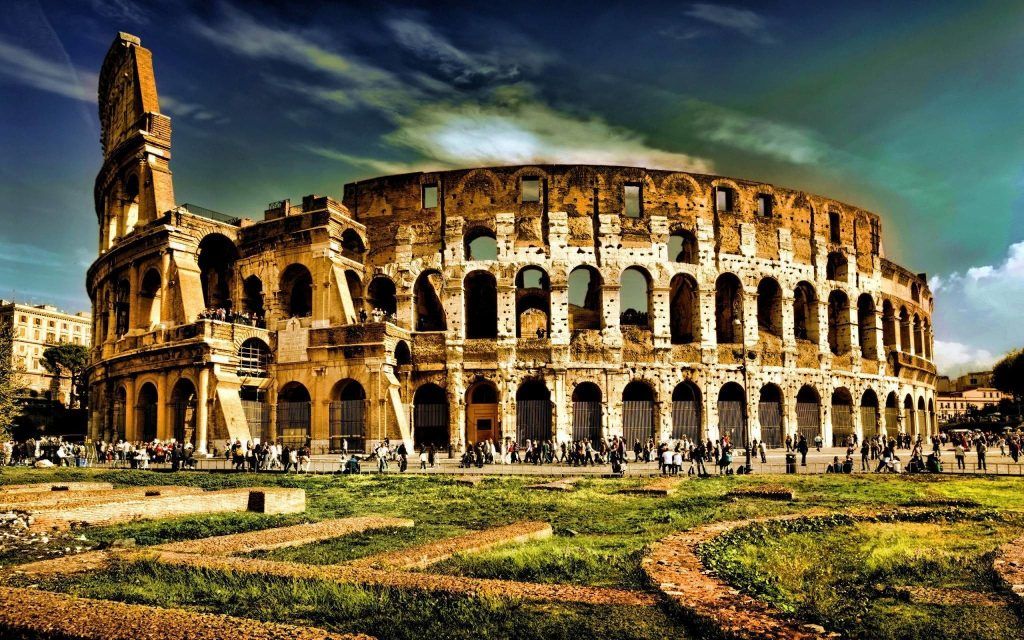
When talking about Rome and Roman antiquity, it is only fair to start with the coliseum. An arena built to entertain up to 50,000 audiences by watching the gladiator battles. The design of this ancient elliptical Flavian amphitheater is the inspiration of modern days model of sports stadium architecture. There were other sorts of entertainment that took place in the coliseum. Executing individuals and Greek theatre usually supplemented a gladiator fight as the star of the show; indicating Roman’s bitter taste in entertainment. Colosseum is not the only amphitheater built by the Romans; although, it is the biggest of them all. Making it one of the most remarkable engineering examples of ancient architecture.
Upon the triumph of Constantine the great over the roman oppressor Maxentius, an arch was built to honor Constantine’s victory. The arch of Constantine is standing at the side of the coliseum conveying a strong message of conquest down the halls of history.
2. Palatine Hill – She-wolf and her Human Twins
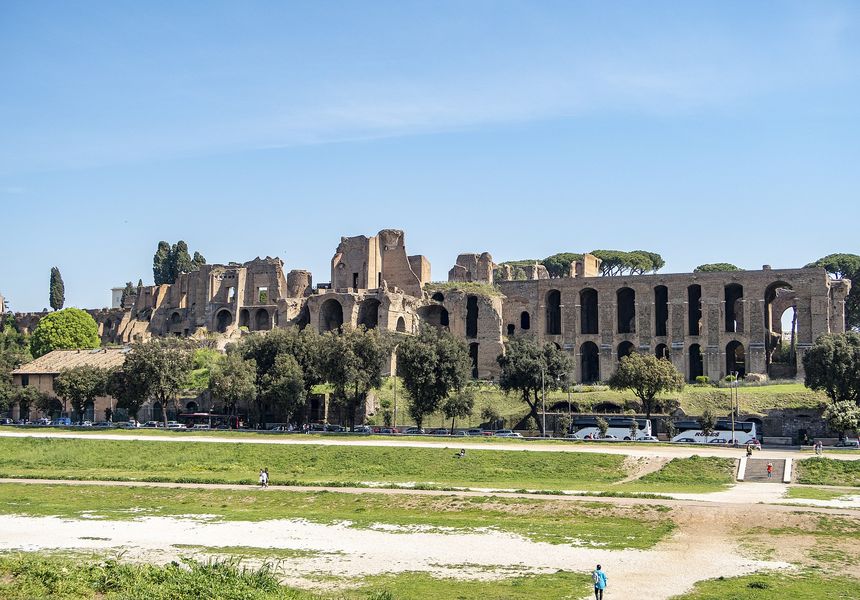
The city of Rome is sitting graciously upon 7 hills. Palatine hill is the innermost of the seven, neighboring the great coliseum in the center of the city. The legend recounts that the wolf of Rome’s symbol found the abandoned twin boys and nurtured them on the palatine hill; a symbolic remark of Rome’s beginning. Forming the heart of the Roman Empire, this hill once was covered with aristocratic residences.
Although today, nature is in charge of this hill, growing its wildflowers in and about the remaining ruins. While Rome is buzzing with tourists at the height of the season, the palatine hill is always serene for a break from the crowd.
3. Roman Forum – Roman Valley of Public Affairs

A rectangular plaza located at the bottom of the palatine hill is only a walk away from the coliseum. The ruins of the forum feature impressive sculptures, some of the early roman temples and other outstanding structures. A roman legend denotes that this forum was built with the hand of a king who was nursed and reared by the wolf.
The Roman forum was an ancient public meeting point. Authorities used the forum for announcing their decisions about commercial, legal or political affairs for centuries.
4. Fountain of Trevi – Water Source of Ancient Roman Empire
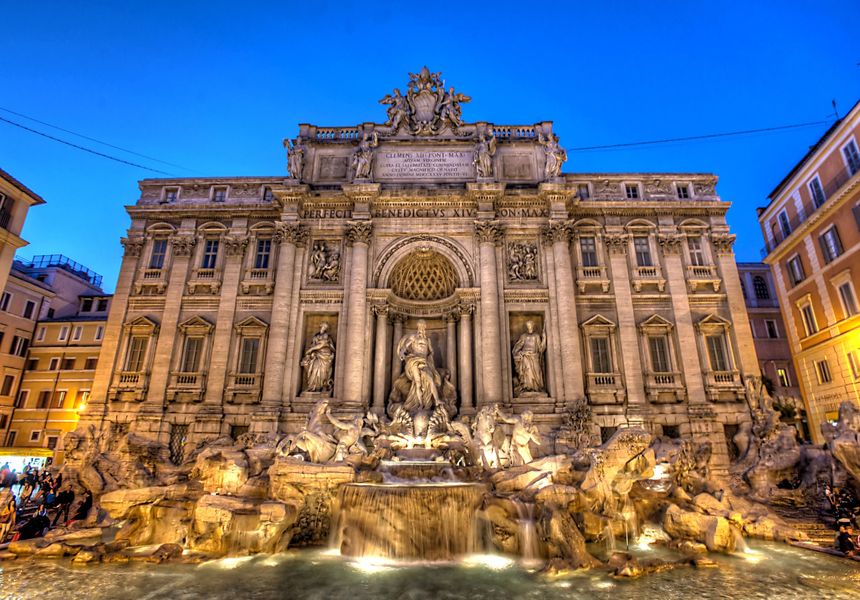
Located at Trevi piazza, the crystal water and awe-inspiring sculptures of Trevi fountain are marking the first water supply of Rome. This fountain was later designed by Nicola Salvi in the year 1762. The artist’s inspirations had roots in the Roman mythology presenting the god of the sea, Neptune.
If you have a soft spot for lucky superstitions, throw a coin in Trevi fountain upon your visit. A legend among the locals denotes that by throwing a coin in the fountain, destiny compels you to visit Rome again. This fountain was featured in Fellini’s renowned movie la dolce vita. Ever since Trevi fountain has been one of the popular parts for tourists.
Surrounded by the emphatic local restaurants and Italian cheese and wine shops, you can treat yourself to some appetizer with a glass (or two) of locally brewed wine, or even a flavorful 3-course and authentic Italian meal just in a few paces away from the fountain.
5. Vatican Museums – Treasure Art Collections
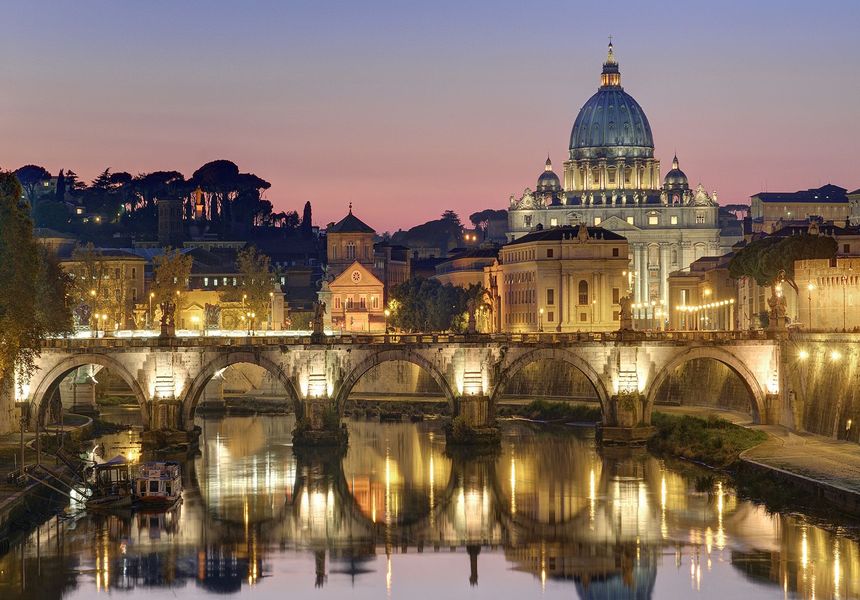
Whether you have specific religious inclinations or not, the Vatican museum has many stories to tell from before and after Christianity. These museums started in 17 century as a single collection of sculptures that belonged to Pope Julius II. Through this tradition, today’s Vatican museums are holding many artistic collections of paintings and sculptures, gathered by the popes up to the present day.
Along with the collections, you can feast your eyes on the work of Michelangelo on the ceiling of the Sistine chapel and living art of Raphael along the connective routes of the Vatican museums. Sacred objects belonging to Christ and his disciples, Roman sculptures, tombstones, medieval and modern art is other treasured possessions of Vatican museums.
6. Basilica di Santa Maria Maggiore – Fusion of Christian and Roman Art
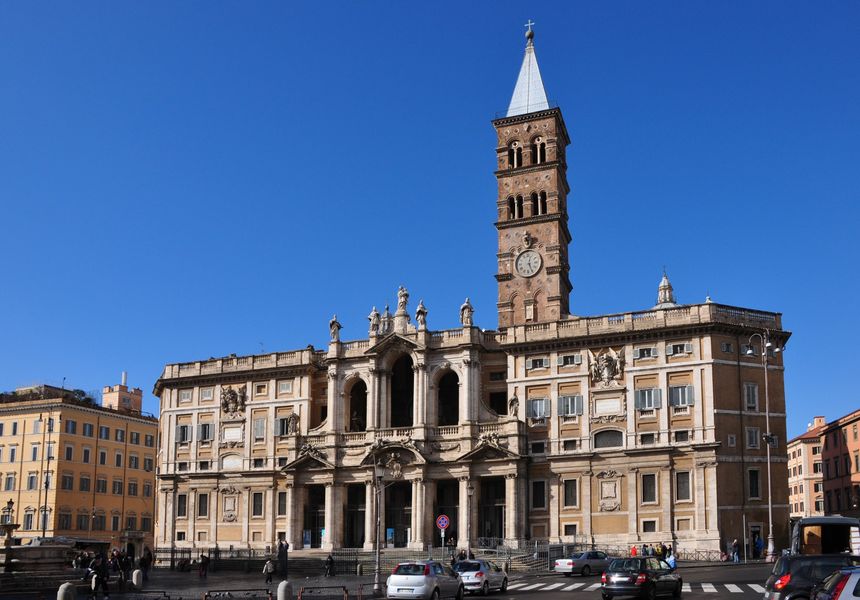
One of the most important catholic churches of Rome, Italy and worldwide catholic community and for anyone who appreciates art in all its forms. This basilica was founded in the 4th century and is dedicated to the Virgin Mary. This church foundation was built on the goddess Cybele’s temple; giving the Basilica di Santa Maria a profound historical significance.
A composition of a medieval era, renaissance art, and ancient roman designs form the harmonious beauty of the church’s interior. This unique feature is what the experts describe as a brief through the stages of Christian art in the Italian capital only in this church.
7. Ostia Antica – Ancient Roman Seaport
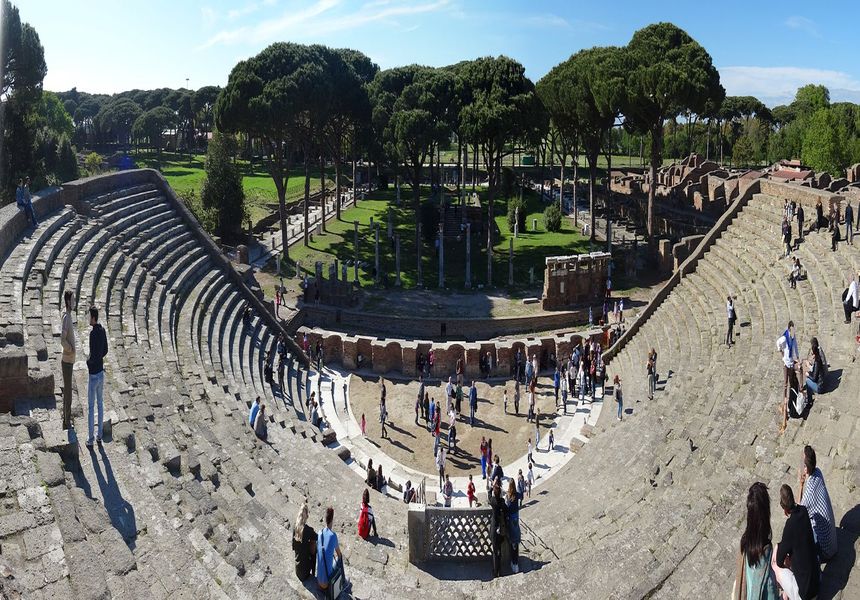
Located in the southern part of Rome, Ostia Antica is one of the most intact structures left from the ancient Romans. The docks, roman baths, mansions, houses, and even shopping areas are a part of the ancient seaport. An arena is surrounding the Ostia amphitheater that provides a great view over the site; offering a peek through the ancient roman living.
During the fall of Rome, this port was abandoned and eventually buried under the soil until recently. There is a small museum in Ostia that showcases the items excavated along with the port. Only 30 minutes from the coliseum, bus and metro transports are available.
8. Piazza del Popolo – Gate of the Eternal City
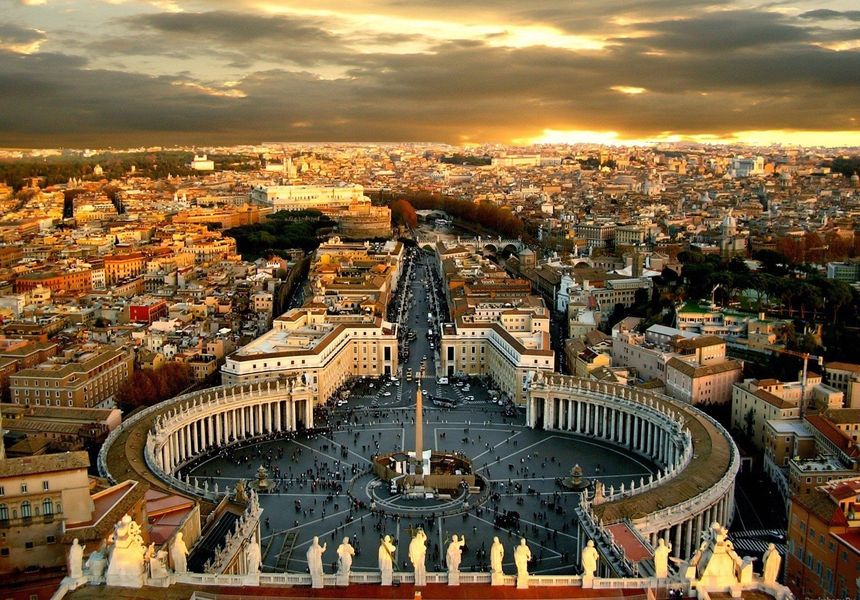
People Square or Piazza del Popolo was the ancient northern gate of Rome. Along with the historic significance, People Square holds other treasures as well. The Flaminio Obelisk is an Egyptian obelisk gifted to Ramesses II, is located at Piazza del Popolo. Santa Maria del Popolo is a church dedicated to St. Mary.
This church is best known for its Renaissance design while featuring two of the fabulous paintings of Caravaggio. You can access to one of the best viewpoints over the northern Rome by climbing the stairs from Piazza del Popolo to Pincio Park.
9. Piazza di Spagna and the Spanish Steps
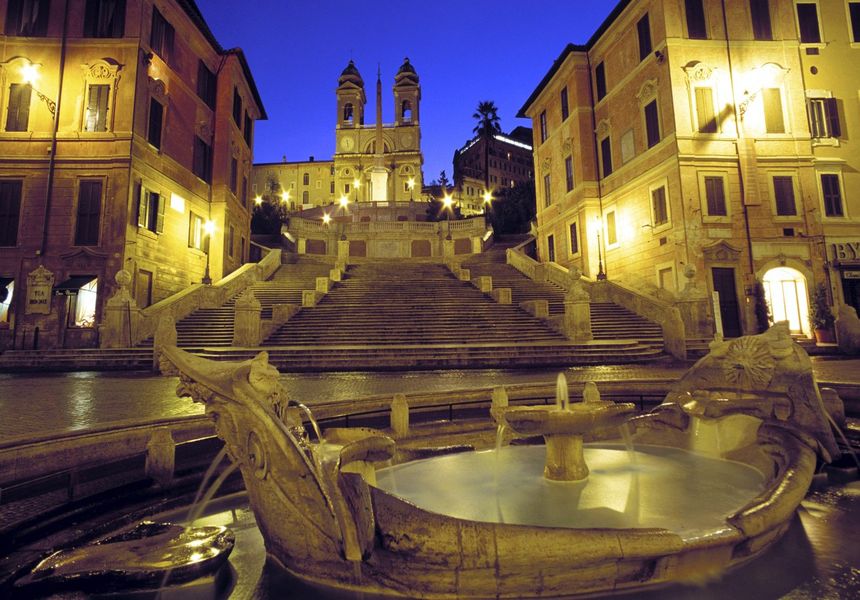
One of the most popular attractions of Rome is Scallina Spagna or Spanish steps. At the base of the stairs is located piazza di Spagna; the Spanish embassy for the Vatican state. Bounded by the cobblestone paths and 17th-century structures of the high streets of Rome, a monumental stairway lays ahead.
These steps were built to connect the Spanish embassy to the French trinity church in the year 1725. Only minutes away from the Piazza del Popolo, the path is filled with livelihood, authentic restaurants, and music.
10. Monument of Victor Emmanuel II – Beginning of Italia
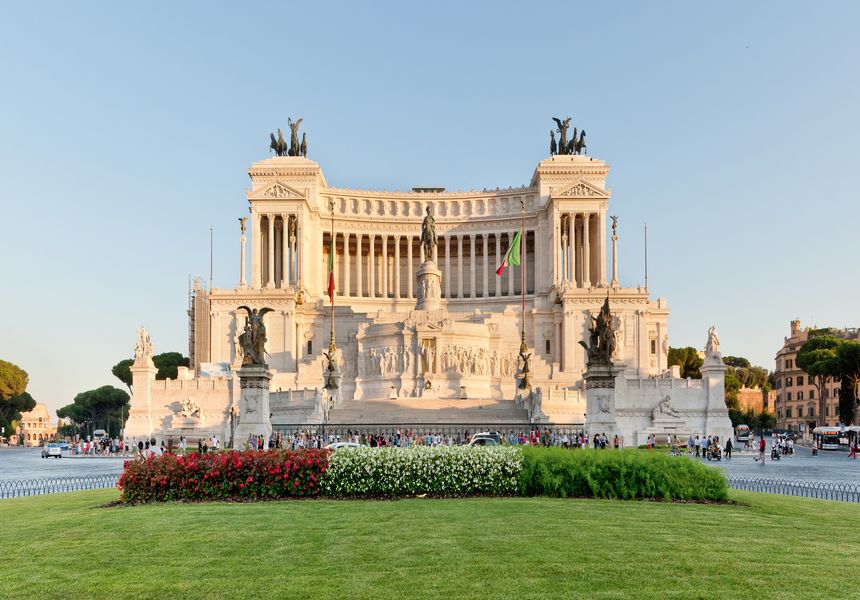
A white marbled splendid structure was built to celebrate the unification of Italy. As the name denotes, the honor of this triumph belonged to Victor Emmanuel II; he was the first man who ruled Italy. The Victor Emmanuel II National Monument can be pinpointed from Rome’s panoramic viewpoints, as its white marble shine, stands out in contrast with earthy shades of Roman buildings.
The museum of Italian reunification is held at the base of the monument, while the top floor holds out one of the magnificent viewpoints of the city.
11. Appian Way – Walk in the Footsteps of Forefathers
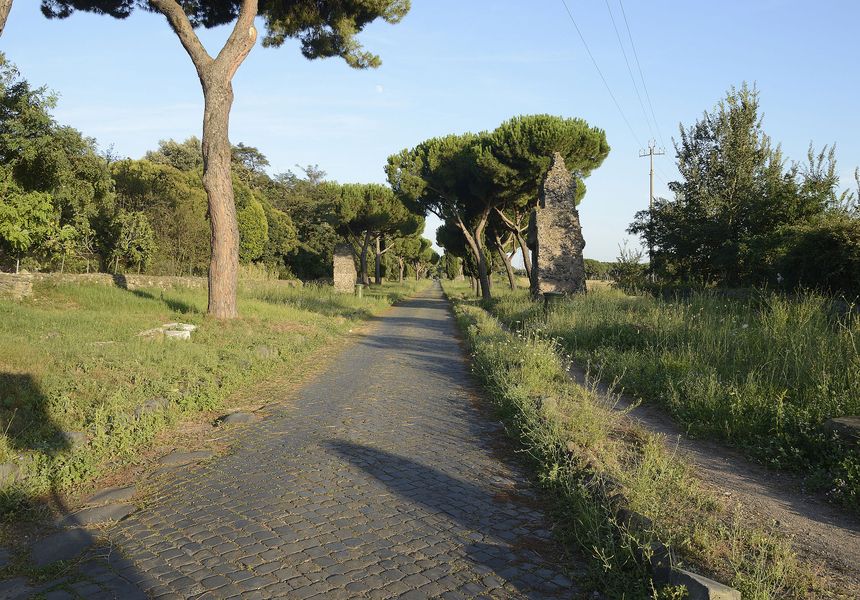
Ancient Romans engineered roads that have withstood a thousand years and millions of pilgrims, soldiers or commercial travelers. Apian way was a strategic and connective route between the city of Rome and the important seaport of Brindisi. This route is laid outside the city and is accessible through public and private transport.
Along with its historic importance, the first road that leads to Rome supposedly holds the footprints of Christ. Ancient churches, roman tombstones, and the pleasure of walking the path that great Roman Empire strode down once are some great activities to expect from Appian way.
12. Villa Farnesina – Peek through Renounce Aristocratic Life
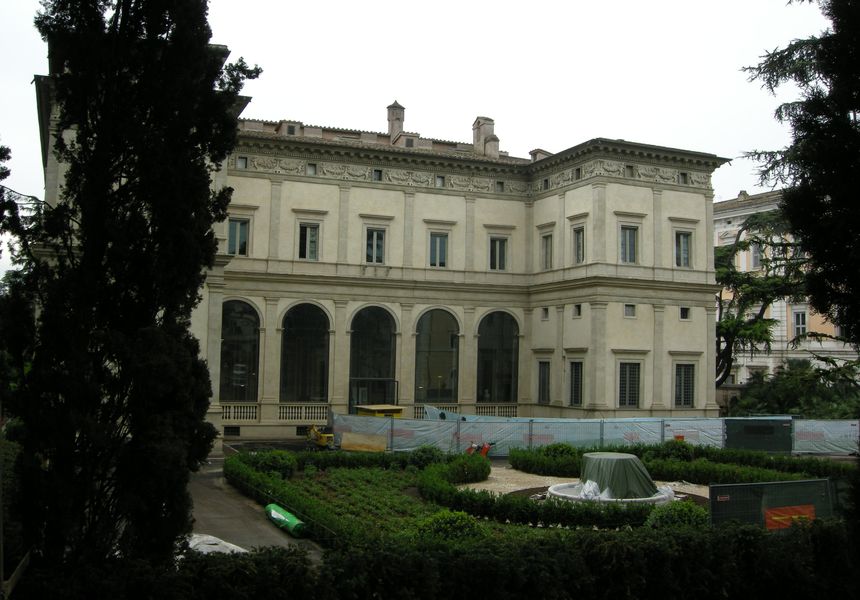
At the Trastevere district, there is much left from centuries ago; Villa Farnesina is an untouched piece left from the renaissance era. This villa was built for a noble family in the 16th century. Although today is harbored as a museum for the public to be able to get the feel of how a high ranked family lived in the Italian Renaissance era.
This villa is adorned with unique artwork and glorified structures in all its corners; the most eye-catching art of Villa Farnesina belongs to the great artist Raphael.
13. Bagni di Caracalla (Baths of Caracalla)
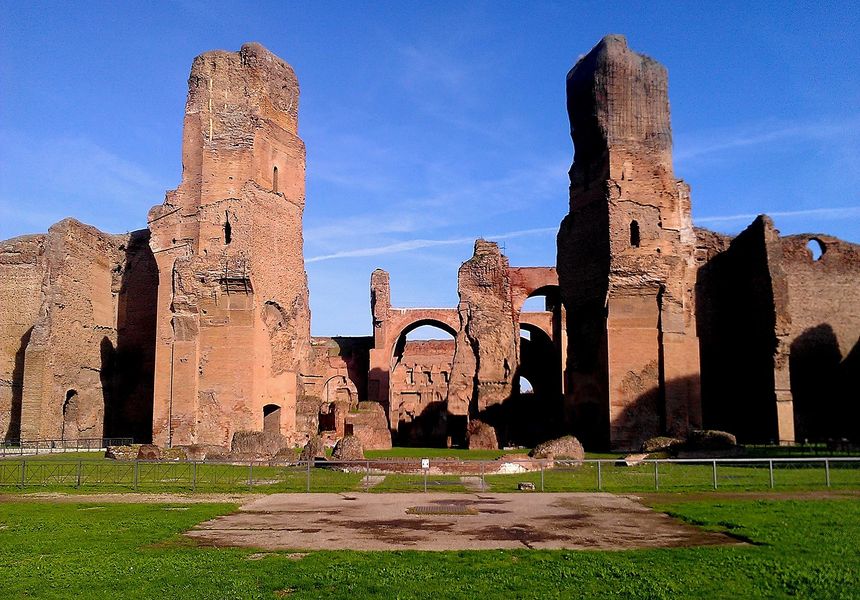
Presenting one of the greatest of thermal bath complexes in the ancient era, Caracalla is an outstanding state of the art. These baths are common through Italy and other roman empire territories; serving as social bonding and gatherings while maintaining hygiene and other health-related benefits from thermal spring waters.
A complex of libraries, temples, gardens and other the bathing area itself were included in the Roman public bath structures. Caracalla baths were built only a century before Christ. While being influenced by the erosion of time and multiple earthquakes, Caracalla baths are still surprisingly intact. Along with white marble interiors, statues and structures are a hidden gem that helps to immerse in the ancient roman essence.
14. Capitoline Museum
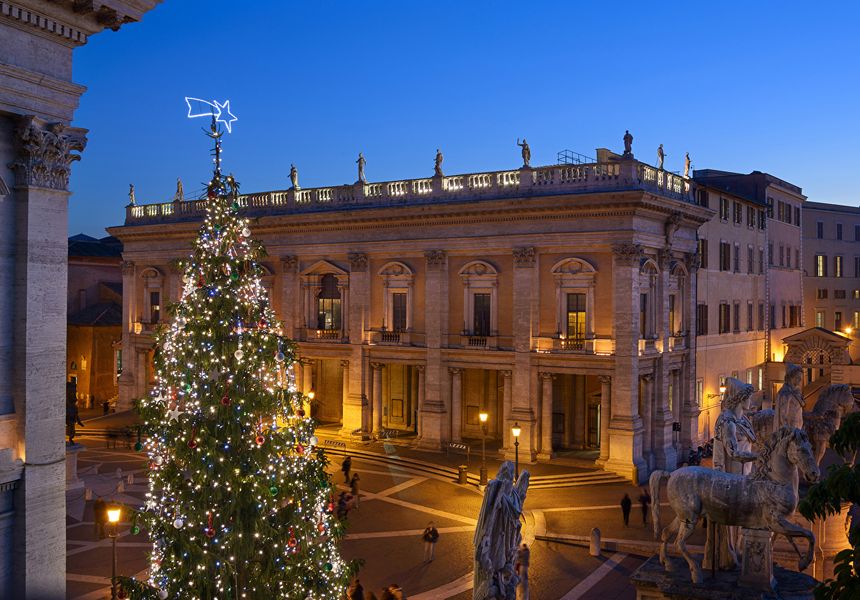
Counted as the world’s oldest national museum, Capitoline is a collection of the revolutionary artists. It is located near piazza Venezia and, as the name indicates, on the Capitoline hill. The building is comparatively new dating back to 1911.
This museum showcases ancient to modern sculptures. The second floor is exclusively dedicated to paintings and canvasses. A tour through this museum recounts the story of the Rome through the delicate illustration of many artists this land has given birth to; from she-wolf statue that mothered the first King of Rome, through the Roman battles with glories and falls, rise of christ and his crucifixion, to renaissance and medieval art and even all presented in the form of expressive art.
A rooftop restaurant offers Italian and continental delights; providing a panoramic view of the ancient city while enjoying a delicious meal.
15. Piazza Venezia
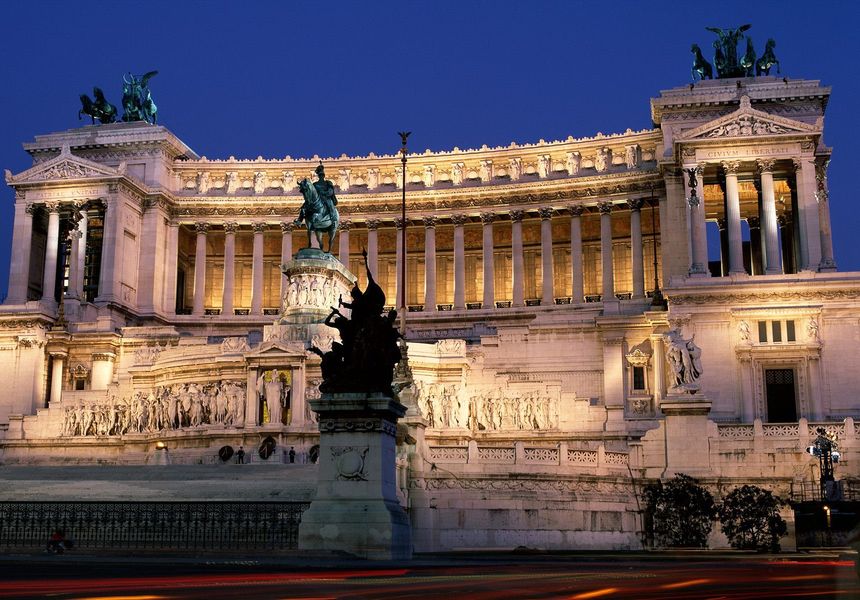
At the bottom of Capitoline hill towards the north, is located piazza Venezia. It is the new core of Rome City; interconnection Rome’s main roads, the important transportation junction, and government offices. It is the commercial hub of the new Rome; visiting Piazza Venezia is great to see and understand the contemporary Rome. Despite its modern stand, this piazza is adorned with other historic attractions such as the altar of fatherland, Trajan’s column and stone carved spring water outlets.
The entire City of Rome is announced as a UNESCO World Heritage Site; every inch of this city has a story to narrate. Inspiration, romantic and artistic essence, ancient wisdom and profound culture all concentrated in one city; giving a just definition to the famous proverb that all the roads lead to Rome at the end.